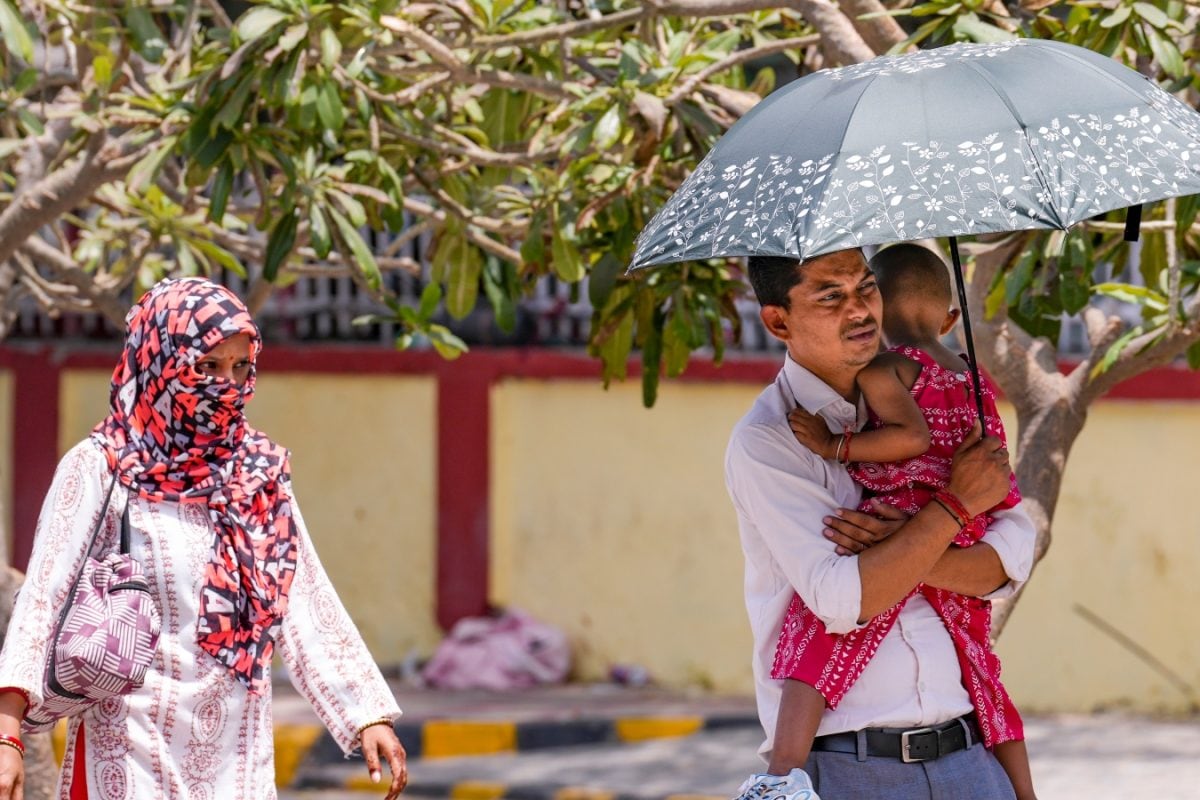

For the sixth consecutive day, a severe heatwave has been gripping North and Central India, with temperatures soaring above 45°C in several cities. This prolonged period of intense heat is creating significant challenges for residents, impacting their health, livelihoods, and daily routines. While some respite is expected starting June 14th, the immediate situation remains critical, requiring heightened awareness and precautionary measures.
The India Meteorological Department (IMD) has issued orange alerts for several regions, urging residents to take necessary precautions. These alerts highlight the continued risk of heatstroke and dehydration, particularly for vulnerable populations such as the elderly, children, and those with chronic illnesses. The IMD advises people to stay indoors during peak hours, remain hydrated, and avoid strenuous activities in the sun.
Several cities across Rajasthan, Punjab, Haryana, Delhi, Uttar Pradesh, and Madhya Pradesh are experiencing the brunt of the heatwave. Sri Ganganagar in Rajasthan recorded a scorching 48.0 degrees Celsius, marking the highest maximum temperature in the plains. Other cities like Bikaner, Churu, and Kota also reported temperatures well above 45°C. The extreme heat has led to power cuts and water shortages in some areas, exacerbating the challenges faced by residents.
The impact of the heatwave extends beyond immediate health concerns. Daily life has been disrupted, with people struggling to carry out their normal activities. Outdoor workers, farmers, and laborers are particularly at risk, facing heatstroke, dehydration, and reduced productivity. The increased demand for electricity to power air conditioners and coolers has strained power grids, leading to outages in some areas. Water resources are also under pressure, with increased extraction depleting regional aquifers.
Recognizing the severity of the situation, authorities are taking steps to mitigate the impact of the heatwave. Heat Action Plans (HAPs) have been implemented in several states, focusing on early warning systems, public awareness campaigns, and healthcare preparedness. These plans include measures such as providing access to drinking water, establishing shaded shelters, and ensuring that hospitals are equipped to handle heatstroke cases.
The Delhi government, for instance, has launched its Heat Action Plan for 2025, which includes setting up heatwave wards in hospitals, placing water coolers across the city, and introducing an early warning system. Schools have been advised to reschedule timings to avoid the hottest parts of the day, and students are being trained in heatwave preparedness.
While immediate relief is expected with the arrival of a western disturbance that is likely to bring rain, thunderstorms, and cooler winds, long-term solutions are crucial to address the increasing frequency and intensity of heatwaves. Climate change is a significant driver of these extreme weather events, and experts emphasize the need for climate-resilient urban planning and sustainable development practices. Measures such as expanding urban green cover, using cool roofing materials, and improving drainage systems can help reduce the urban heat island effect and mitigate the impact of heatwaves.
Moreover, raising public awareness about heatwave risks and promoting adaptive behaviors are essential. This includes educating people on how to stay safe during extreme heat, encouraging them to stay hydrated, wear light-colored clothing, and avoid strenuous activities in the sun. Community-level initiatives, such as setting up cooling centers and providing support to vulnerable populations, can also play a crucial role in protecting people from the harmful effects of heatwaves.